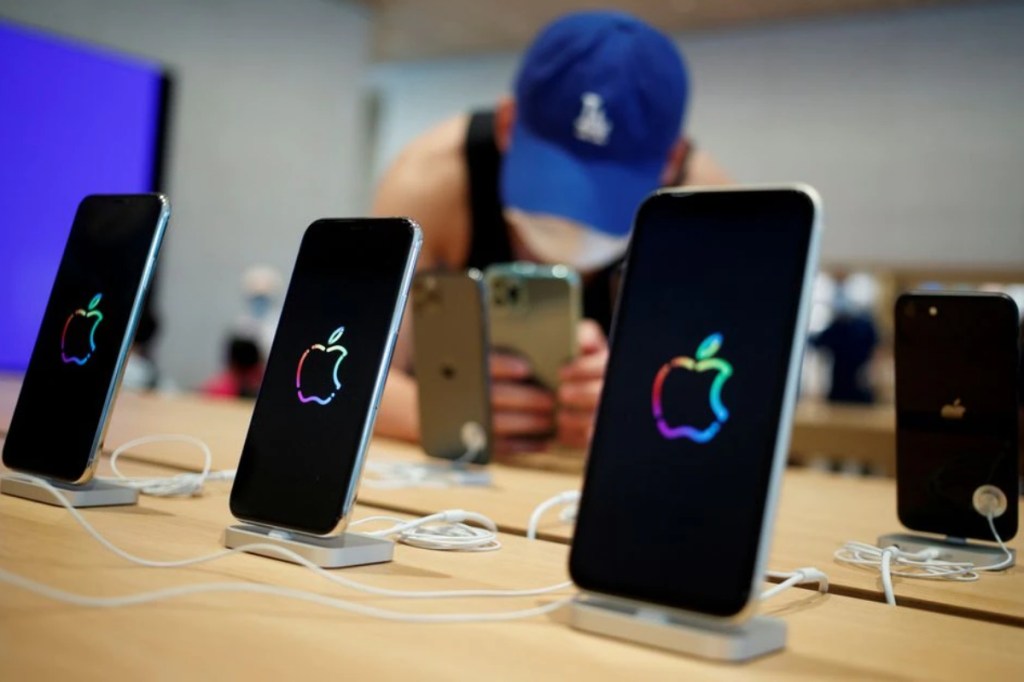The ongoing component shortages and extensive Covid-induced restrictions in several regions of Europe and Asia hit smartphone shipments in the second quarter of 2021. Global shipments fell 7 per cent on quarter in April-June, according to the latest Counterpoint Market Monitor data. The shipments were 19 per cent higher on year as higher vaccination rates in major economies prevented the need for clampdowns similar to the year-ago period.
Xiaomi was the biggest gainer in the June quarter, clocking an 8 per cent sequential growth in shipments. Its on-year shipments grew a whopping 98 per cent, backed by robust demand for the Redmi Note 9, Redmi 9, and Note 10 series. Sales of the Mi 11 series smartphones in the premium segment was also strong. Xiaomi achieved its highest-ever Q2 revenue in the smartphone segment, backed by a strong mix of lower-to-mid and premium handsets. The Chinese brand shipped over 50 million units on its way to becoming the second-largest brand in the world.
Apple shipped 48.9 million units in Q2 — 18 per cent lower on quarter but 30 per cent higher on year — on strong demand for the iPhone 12 series recording its highest second-quarter revenue share at 41 per cent. Apple’s supply chain was also insulated from the component shortage, which aided its 52 per cent revenue increase.
Samsung, on the other hand, shipped 57.9 million units during the quarter — a decline of 24 per cent sequentially, while the on-year growth figure stood at 7 per cent. The revenue also declined 30 per cent on quarter, but was 7 per cent higher on year as the chip shortage hit the Korean company. A shift in the company’s focus to the premium segment from mid-range devices in several regions hit hardest by the chip shortage and supply-chain disruptions also slowed its growth.
Shipments of Oppo handsets fell 12 per cent on quarter to 33.6 million units, while market share fell to 10 per cent from 11 per cent in January-March. However, a strong performance in the Chinese market helped its on-year growth register a 37 per cent increase. Vivo shipments also fell 8 per cent on quarter, while growing 44 per cent on year to 32.5 million units. The Chinese came to Vivo’s aid as well, with the company retaining its top position for the second successive quarter.
Among the other major original equipment manufacturers, Realme, OnePlus, and Lenovo recorded the fastest growth. OnePlus shipments rose 170 per cent on year, mainly due to the success of its Nord N series phones in North America and Western Europe. Realme’s 135 per cent on-year growth, on the other hand, was backed by the Chinese market and its expansion into Southeast Asia with the C-series. Lenovo grew 110 per cent as the Moto E7 Plus and the Moto G Play 2021 witnessed strong sales in Latin America and North America, respectively.









